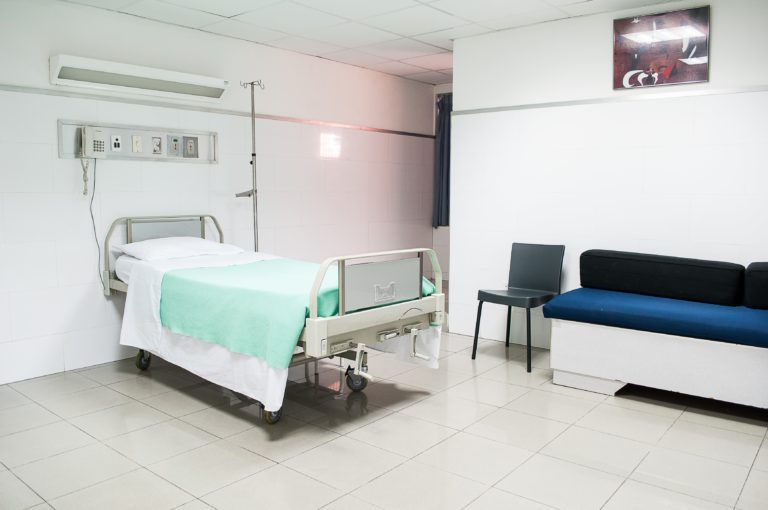Key Considerations for Stretcher Transportation
Stretcher transportation is a vital service that ensures the safe and comfortable transfer of patients who are unable to sit or require continuous medical supervision during transportation. Whether it’s for non-emergency medical transfers, interfacility transfers, or long-distance journeys, careful consideration of various factors is essential. In this blog post, we will discuss key considerations for stretcher transportation, focusing on safety, comfort, and the overall well-being of the patient.
Qualified and Trained Staff
When it comes to stretcher transportation, having qualified and trained staff is of utmost importance. The transport team should consist of healthcare professionals, such as registered nurses or emergency medical technicians, who are trained in patient care, handling medical equipment, and responding to emergencies. Their expertise ensures the patient’s safety, monitors vital signs, administers medications if needed, and provides necessary medical interventions during the journey.
Appropriate Medical Equipment
Stretcher transportation requires specific medical equipment to ensure the patient’s comfort and safety throughout the journey. This includes a sturdy and adjustable stretcher bed with proper cushioning to prevent pressure sores, secure straps or restraints to keep the patient stable during movement, and vital sign monitoring equipment. It is crucial to ensure that all equipment is in good working condition, regularly maintained, and readily available for use during transportation.
Adequate Space and Accessibility
The vehicle should have sufficient space to accommodate the patient on the stretcher comfortably. The interior design should allow for easy maneuverability of the stretcher and medical equipment, minimizing the risk of accidents or discomfort. Additionally, the vehicle should have accessible entry points, ramps, or lifts to facilitate smooth loading and unloading of the patient. Accessibility features are especially crucial for individuals with mobility challenges or those requiring specialized medical equipment.
Communication and Coordination
Effective communication and coordination between the transport team, healthcare facilities, and other stakeholders involved in the patient’s care are vital. Clear communication channels ensure that the transport team is aware of the patient’s medical condition, any specific requirements, and necessary medical documentation. Regular updates and collaboration between the healthcare providers and the transport team contribute to seamless transitions and continuity of care during the transportation process.
Compliance with Safety Regulations
Stretcher transportation services must adhere to safety regulations and standards to guarantee the well-being of the patient. This includes following proper infection control practices, maintaining hygiene, and sanitizing the vehicle regularly. Compliance with safety regulations not only protects the patient but also ensures the safety of the transport team and minimizes the risk of cross-contamination or the spread of infections.
Conclusion
Stretcher transportation plays a vital role in ensuring safe and comfortable medical transfers for patients with unique needs. By considering factors such as qualified staff, appropriate medical equipment, adequate space and accessibility, communication and coordination, and compliance with safety regulations, we can prioritize the well-being of patients throughout the transportation process. As healthcare systems continue to evolve and focus on patient-centered care, attention to these key considerations becomes crucial to providing efficient and compassionate stretcher transportation services.







